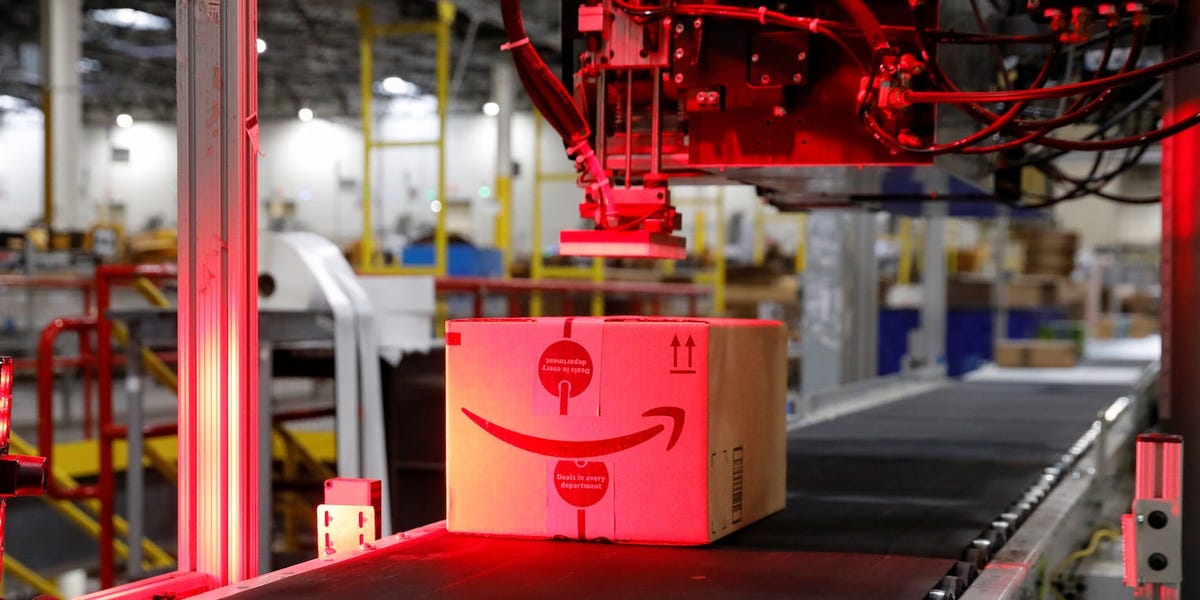- A stock split is when a company divides each of its shares into multiple shares
- Amazon has a history of stock splits, with the most recent in June 2022.
- Stock splits are common among leading tech companies.
Tech and e-commerce giant Amazon has a history of stock splits.
Essentially, a stock split is when a company takes its total number of shares and divides each share into multiple shares. The effect is that each share is now more affordable, but it doesn’t change the overall value of the company. The market capitalization of the company, or its worth according to the stock market, remains the same.
Stock splits also give employees with company shares more flexibility.
A stock split makes shares more accessible to more investors and boosts liquidity for the company. A stock split can be a good time to buy shares in a company since the shares will be more affordable. It can also be an indicator that the company’s value will continue to grow.
Stock splits are fairly common among big tech companies.
Amazon’s most recent stock split
Amazon’s stock split in June 2022 was the company’s first since 1999.
In a statement, the company said, “This split would give our employees more flexibility in how they manage their equity in Amazon and make the share price more accessible for people looking to invest in the company.”
The share price jumped 5% on the day of the split, with shares trading at over $127.
It was a 20:1 split, which is notable because stock splits are often 2:1 or 3:1. For each share an investor-owned, they received 19 additional shares.
The 20:1 ratio dwarfed all previous ratios in the company’s prior stock split history. Amazon’s stock has split four times in total.
The previous stock split occurred in July 1999, at 2:1. Before that, the stock split in November 1998 at 3:1, and in April 1998 at 2:1.
Amazon has not indicated that its stock will split again anytime soon.
Read the full article here





